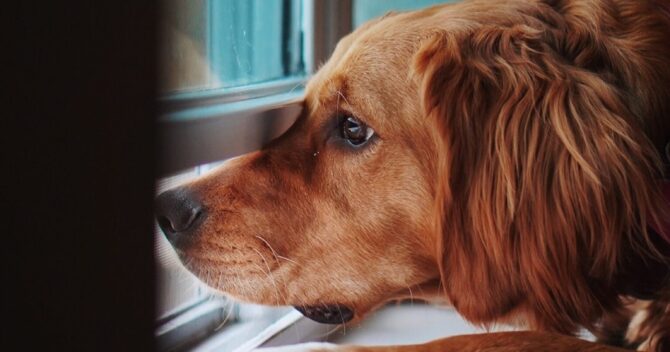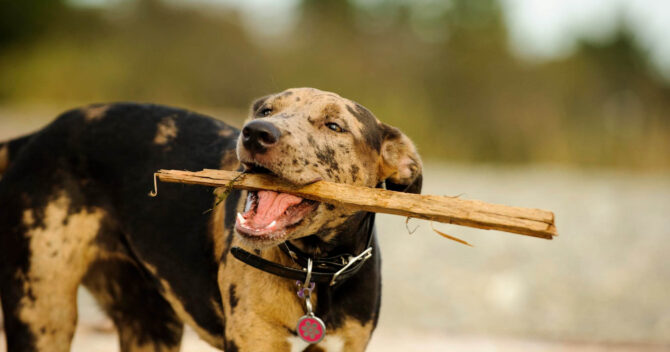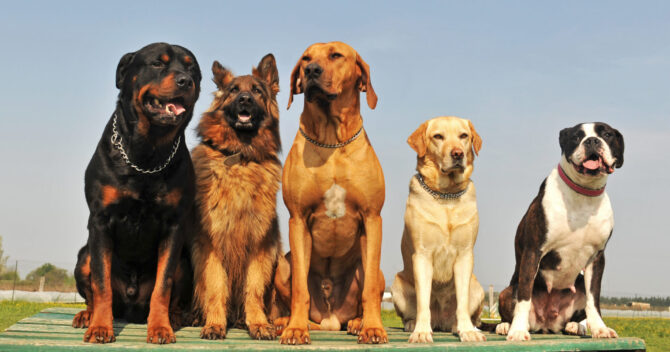Separation anxiety in dogs. How to deal with dog anxiety?
Separation anxiety describes the state of anxiety a dog feels when left alone by a person to whom it is strongly attached, most often when it has not been properly prepared for such autonomy. Some pets show the first signs of this fear as soon as their owner is getting ready to leave the house. This condition is stressful for both the four-legged companion and its owner. It often happens that a lonely dog causes damage in the house, whines, barks or howls. The good news, however, is that with proper socialization and training, separation anxiety can be prevented or alleviated.



